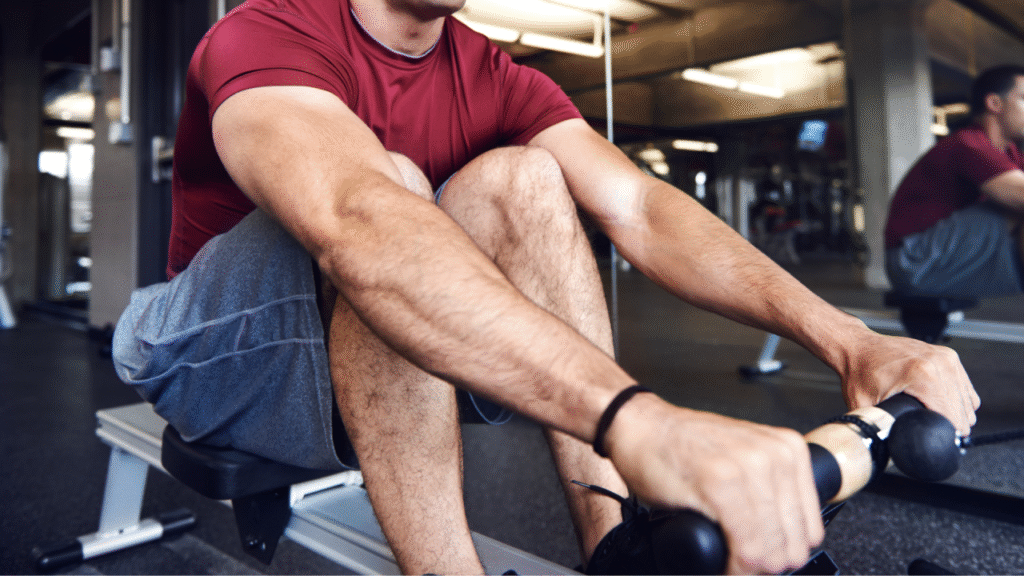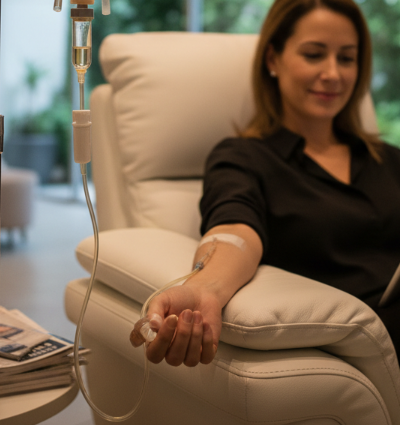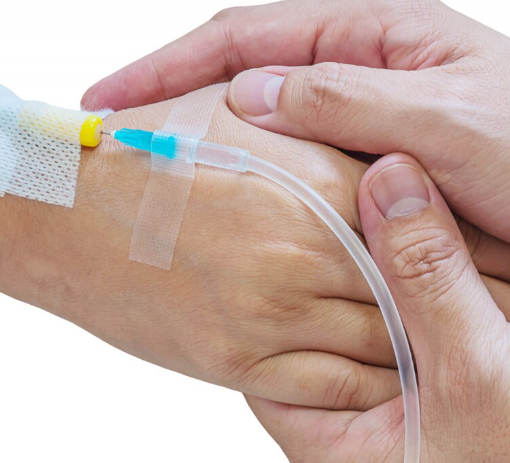Testosterone Replacement Therapy (TRT) has become a cornerstone treatment for men suffering from hypogonadism—a condition characterized by low testosterone levels. While the benefits of TRT are often associated with improved libido, mood, and energy, one of its most powerful effects is on muscle mass and strength.
If you’re considering TRT to help combat muscle loss or improve physical performance, this article will walk you through how testosterone affects muscle growth, what kind of gains to expect, and how to optimize your results.
🧬 Why Testosterone Is Essential for Muscle Growth
Testosterone is a key anabolic hormone—meaning it promotes the building of body tissue, particularly skeletal muscle. It works in several critical ways to support muscle development:
1. Stimulates Protein Synthesis
Testosterone enhances the rate at which your body builds muscle proteins. This process—muscle protein synthesis (MPS)—is essential for muscle repair, growth, and recovery after exercise.
2. Increases Satellite Cell Activity
Satellite cells are involved in muscle regeneration and repair. Testosterone activates these cells, allowing for faster muscle recovery and greater muscle fiber hypertrophy (growth in size).
3. Inhibits Muscle Breakdown
Testosterone helps reduce levels of cortisol, a catabolic hormone that promotes muscle breakdown. This improves net muscle gain by shifting your body into an anabolic (muscle-building) state.
4. Enhances Neuromuscular Function
Testosterone improves motor neuron activity and muscle fiber recruitment, which translates into greater strength output and muscular control during exercise.
📈 Effects of TRT on Muscle Mass: What the Research Says
Several well-documented studies show the impact of TRT on muscle mass and body composition:
✅ Increased Lean Body Mass
A 2001 study published in The Journal of Clinical Endocrinology & Metabolism found that men undergoing TRT experienced a 5–10% increase in lean body mass over 6–12 months. The gains were more significant when combined with resistance training.
✅ Reduced Fat Mass
TRT not only increases muscle—it also reduces fat, particularly visceral fat around the abdomen. This is partly because muscle is more metabolically active and burns more calories at rest.
✅ Improved Muscle Quality
Research shows that testosterone enhances muscle fiber size and density, making the muscles stronger and more functional, not just bigger.
🏋️ How TRT Affects Strength
While muscle mass and strength often go hand in hand, TRT also independently improves strength through several pathways:
- Faster nerve signaling to muscles
- Improved recovery time between workouts
- Greater muscle fiber recruitment, especially fast-twitch fibers
Real-World Results:
- Most men report noticeable strength increases within 6–12 weeks of starting TRT.
- Studies show measurable improvements in bench press, leg press, and grip strength within 3 months of therapy.
- Combining TRT with progressive overload training maximizes strength gains over time.
🔁 Timeline: Muscle and Strength Gains with TRT
| Timeframe | Expected Effects |
|---|---|
| Weeks 1–4 | Improved energy, slight workout performance boost |
| Weeks 4–8 | Increased muscle pump, strength starts to rise |
| Months 2–3 | Noticeable muscle size changes, faster recovery |
| Months 3–6 | Enhanced strength, lean muscle mass continues to build |
| Months 6–12 | Full muscular development potential realized |
Results are even more pronounced when TRT is paired with a structured weight training program, high-protein diet, and adequate rest.
🧠 Mental Benefits of Muscle Gains on TRT
The physical changes from TRT often lead to psychological benefits, including:
- Increased self-esteem and body image confidence
- Better motivation to exercise
- Decreased anxiety and depression associated with muscle loss or aging
These feedback loops further encourage a healthy lifestyle, which in turn amplifies the effects of TRT.
⚠️ Important Considerations
1. TRT Is Not a Shortcut
While testosterone boosts your muscle-building potential, it won’t do the work for you. Muscle gains require:
- Progressive resistance training
- Sufficient protein and calories
- Consistent rest and recovery
2. Dosing Matters
More isn’t always better. Supraphysiological doses (too high) may increase muscle gains, but they also increase the risk of:
- Estrogen conversion (gynecomastia)
- Acne and oily skin
- Elevated red blood cell count (polycythemia)
- Cardiovascular stress
3. Monitoring Is Crucial
Work with a knowledgeable provider to track:
- Total and free testosterone levels
- Hematocrit and hemoglobin
- Liver function
- PSA and prostate health
💡 Tips to Maximize Muscle and Strength Gains on TRT
- Train Smart: Focus on compound movements like squats, deadlifts, bench press, and rows.
- Eat Right: Aim for 1.2–2.0 grams of protein per kg of body weight and eat in a mild calorie surplus for growth.
- Sleep Well: Testosterone and muscle recovery both depend on quality sleep (7–9 hours).
- Stay Consistent: Gains on TRT compound over time—don’t expect overnight transformation.
- Track Progress: Use photos, strength logs, and body composition measurements to monitor changes.
Final Thoughts
Testosterone Replacement Therapy can significantly improve muscle mass and strength, especially in men who are testosterone deficient. While it’s not a replacement for hard work in the gym, it creates the optimal hormonal environment to build lean muscle, lose fat, and enhance physical performance.
If you’re considering TRT to address muscle loss, consult with a hormone specialist who can guide you safely and effectively through the process.




